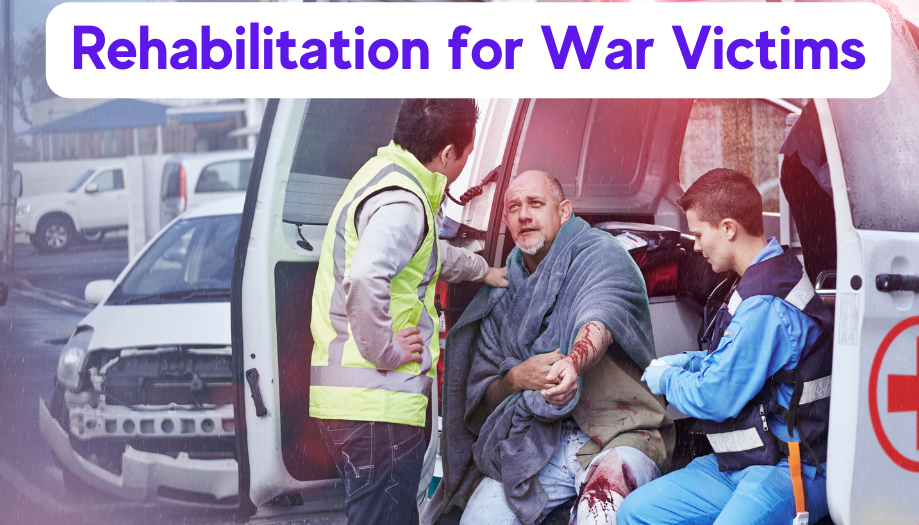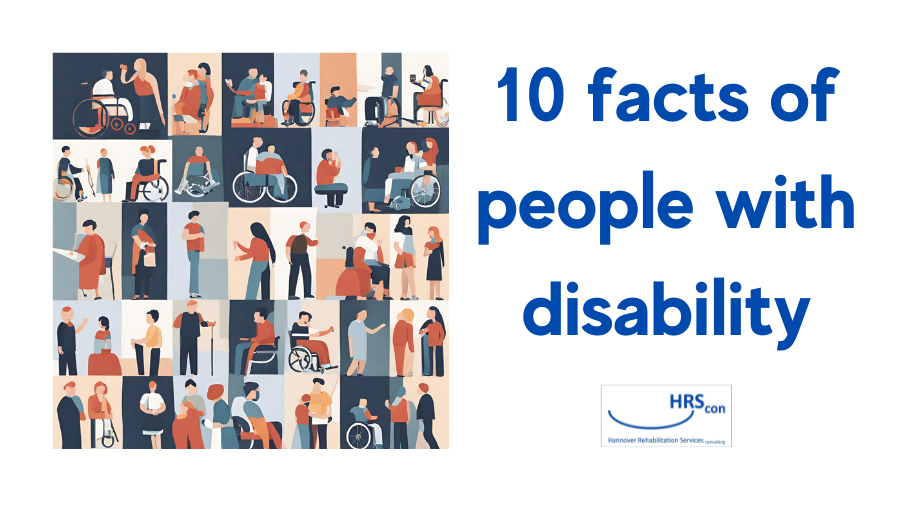Community-Based Rehabilitation (CBR) services are crucial in providing rehabilitation to people with disabilities, especially in areas where hospital-based services are limited or unavailable. This article explores the implementation of CBR services in Indonesia, using a standardized framework known as the International Classification of Service Organization in Rehabilitation (ICSO-R) 2.0. This framework helps describe and organize the rehabilitation services provided in various settings, including communities.
What is Community-Based Rehabilitation (CBR)?
CBR is a strategy developed by the World Health Organization (WHO) to enhance the quality of life for people with disabilities and their families. It focuses on meeting their basic needs and ensuring their inclusion and participation in society. CBR services are implemented through the combined efforts of people with disabilities, their families, communities, and various government and non-governmental organizations.
In Indonesia, CBR services are an integral part of the healthcare system. They are designed to provide rehabilitation services at the community level, particularly in areas where hospital-based rehabilitation services are not readily available. CBR services are supported by various sectors, including health, education, social services, and employment, making them a multi-sectoral approach to rehabilitation.
The Role of ICSO-R 2.0 in Describing CBR Services
The ICSO-R 2.0 is a framework developed to describe rehabilitation service organizations systematically. It consists of two main dimensions: service providers and service delivery. These dimensions include various categories and subcategories that help in understanding the structure and function of rehabilitation services.
In Indonesia, the ICSO-R 2.0 was used to describe eight CBR services located in three different cities: Bandung, West Java; Tanah Datar, West Sumatra; and Gowa, South Sulawesi. The study found that ICSO-R 2.0 is effective in describing not only hospital-based rehabilitation services but also community-based ones like CBR.
Key Findings from the Study
The study highlighted several important aspects of CBR services in Indonesia:
- Ownership and Governance: All the CBR services studied were owned by the government. In Bandung, these services are managed by the city government, while in Tanah Datar and Gowa, they are integrated within primary healthcare centers (PHCs).
- Service Delivery: CBR services in Indonesia implement multiple health strategies, including promotion, prevention, and maintenance. The primary goal of these services is to improve the health status and functioning of individuals, particularly in terms of self-care.
- Target Groups: The target groups for CBR services include individuals with neurological problems, limb amputations, cerebral palsy, and other disabilities. The services cater to both children and adults, with a special focus on elderly people and workers.
- Referral and Integration of Care: Most patients come to CBR services through self-referral or referrals from health professionals. The services are well-integrated with other healthcare providers, ensuring a continuum of care for patients.
- Human Resources and Technical Resources: CBR services rely heavily on voluntary workers known as CBR cadres. These cadres collaborate with health professionals to provide basic rehabilitation services. They also assist in diagnosing and managing disabilities using simple diagnostic tools and assistive devices.
- Funding: CBR services in Indonesia are primarily funded by the government, with additional support from charities and donations. The services provided by CBR cadres are voluntary and free of charge for the patients.
Challenges and Recommendations
While CBR services play a vital role in providing rehabilitation to people with disabilities, there are challenges in ensuring their sustainability and effectiveness. One major challenge is the voluntary nature of CBR cadres, which can make it difficult to maintain a steady workforce. The government needs to develop strategies to attract and retain CBR cadres, possibly by offering some form of compensation.
Moreover, while the ICSO-R 2.0 framework is effective in describing CBR services, there are limitations in the data collection process. The lack of quantitative measures for certain categories makes it challenging to gather comprehensive data. Training for health professionals and cadres on how to use the ICSO-R framework is essential to improve the accuracy of data collection.
Conclusion
CBR services are a critical component of the rehabilitation system in Indonesia, particularly in areas where hospital-based services are lacking. The ICSO-R 2.0 framework provides a useful tool for describing and organizing these services, helping to highlight their strengths and areas for improvement.
As the demand for rehabilitation services continues to grow, especially with the increasing number of people with chronic conditions, it is essential to strengthen and expand CBR services across Indonesia. This will ensure that all people with disabilities have access to the rehabilitation services they need to improve their quality of life.




